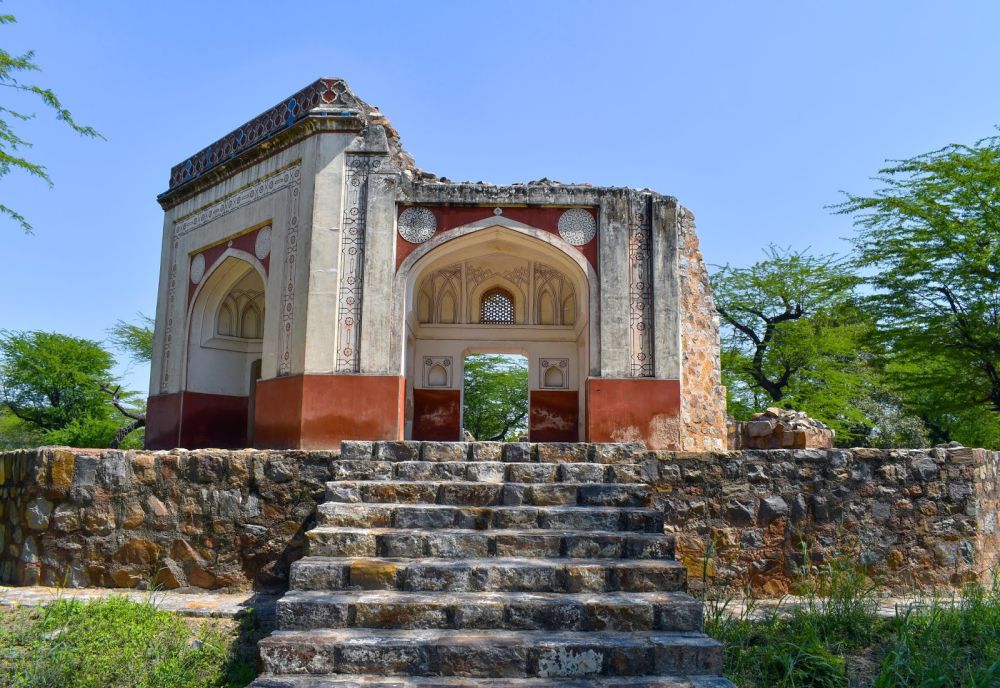

The Batashewala Complex is a remarkable yet less frequented group of Mughal-era monuments located in the bustling city of Delhi, India. This complex is often overshadowed by the more famous and grandiose neighboring World Heritage Site, the Humayun's Tomb. Despite its relative anonymity, the Batashewala Complex boasts significant historical importance and architectural finesse.
The Batashewala Complex dates back to the 17th century and is believed to have been constructed during the reign of Emperor Jahangir. It comprises three primary structures: the Batashewala Mazar (mausoleum), the Mirza Muzzafar Hussain's tomb, and a mosque. The entire complex is said to have been built in memory of a noble Bata, whose identity remains somewhat mysterious. The design of the monuments shows clear influences from earlier Mughal architecture, subtly hinting towards the evolution towards the style embodied in the Taj Mahal.
Tourism at Batashewala Complex never reached the heights seen by other Mughal monuments, primarily due to lack of awareness and overshadowing by nearby well-known sites. However, in recent years, concerted efforts have been made to conserve the worn-out structures and attract more visitors. These efforts were boosted significantly after the Batashewala Complex was included in the extended World Heritage Site area surrounding Humayun's Tomb and the adjacent Sundar Nursery in 2013.
Recognition from UNESCO has led to an increased number of domestic and international visitors. Conservation projects, initiated by the Aga Khan Trust for Culture in collaboration with the Archaeological Survey of India, have worked meticulously to restore the complex to its former glory, encouraging an uptick in tourism.
In recent years, the tourism trend in Delhi has shifted towards promoting sustainable and informed tourism, with a focus on preserving the rich historical context that the city offers. There is a growing trend towards organising heritage walks and cultural tours that include lesser-known monuments like the Batashewala Complex. These immersive experiences aim to educate tourists about the historical and architectural significance of these sites.
Another trend is the digitalisation of tours, where visitors can use apps and augmented reality to experience historical narratives during their visit, which helps in bringing the story of the Batashewala Complex alive for a generation accustomed to digital interfaces.
Opening hours: The complex is open from sunrise to sunset, all days of the week.
Entry Fee: There is a nominal fee for entering the Humayun's Tomb complex, which includes access to the Batashewala Complex.
Best Time to Visit: The best time to visit is from October to March, when the weather in Delhi is pleasant.
Whether you're a history buff, an architecture enthusiast, or simply a curious traveler, the Batashewala Complex offers a quiet refuge from the city's hustle and an opportunity to step back into the annals of Mughal history.
While the Batashewala Complex may not boast of the grandiosity of its neighbor Humayun's Tomb, it stands as a testament to the rich legacy and architectural marvels of the Mughal era. As tourism continues to evolve in Delhi, the complex is slowly but surely claiming its rightful place on the cultural map of the city.